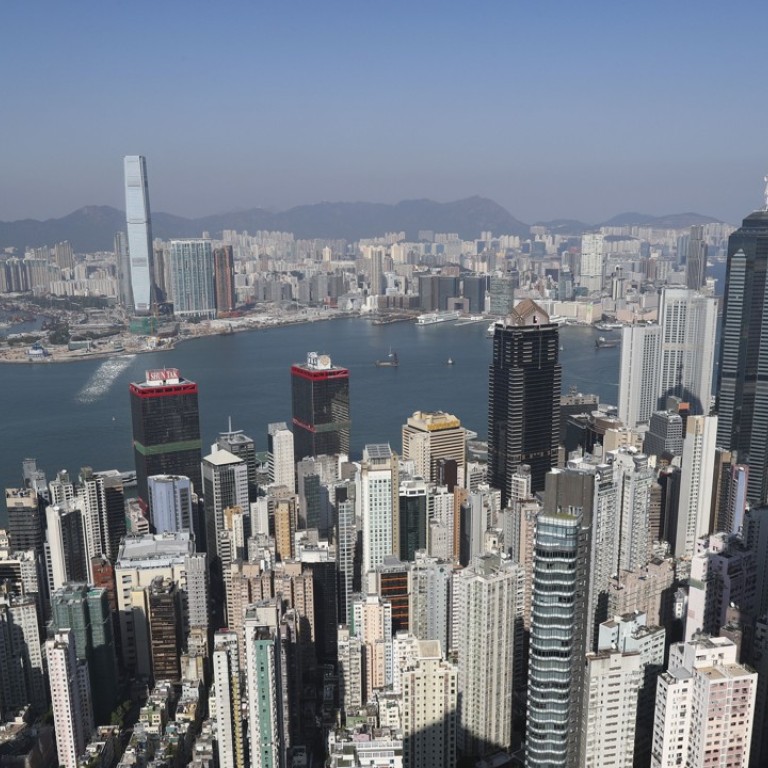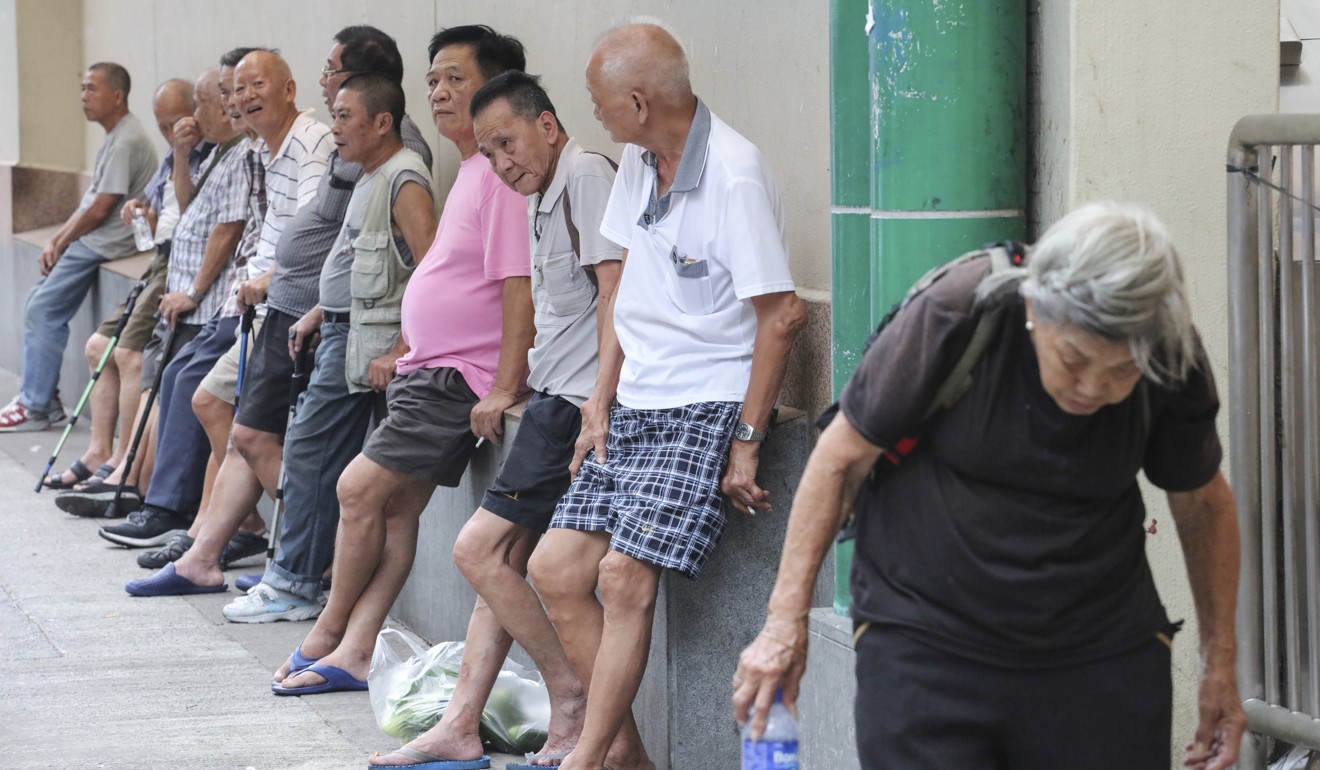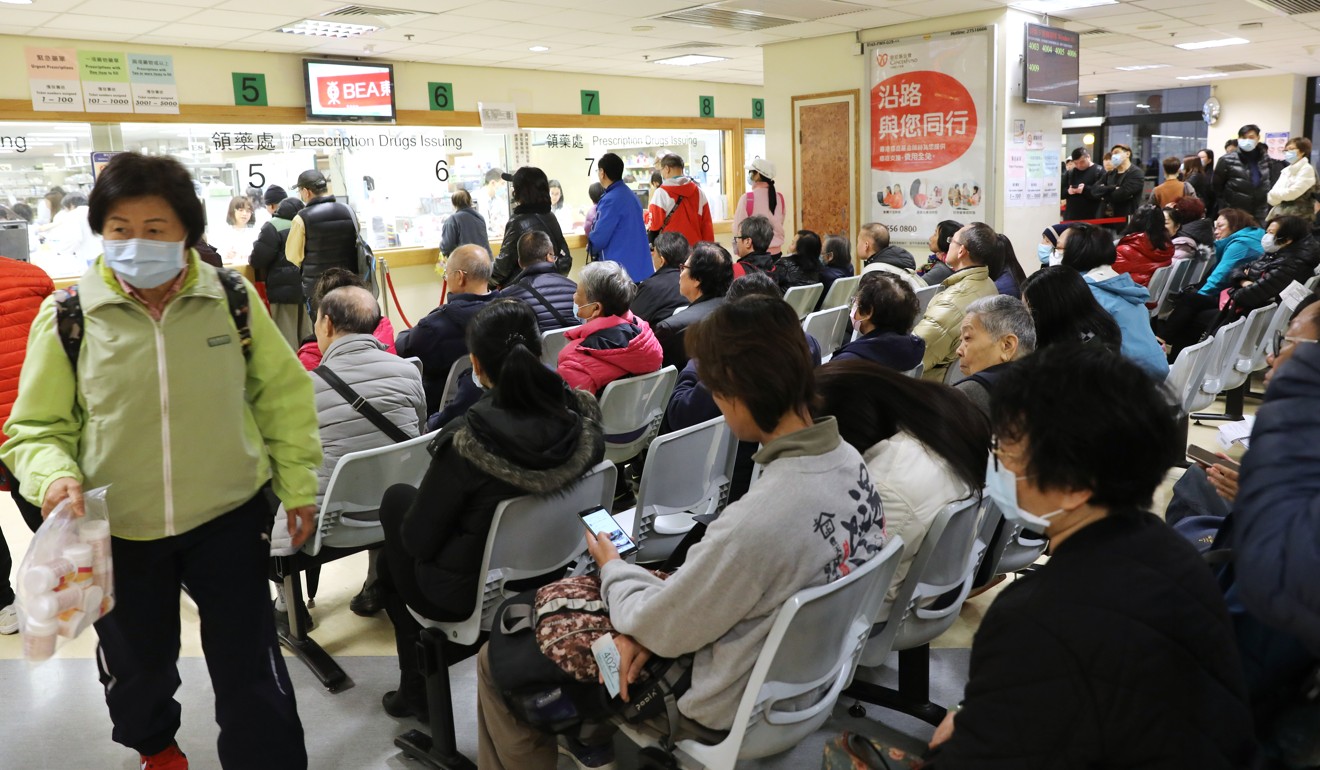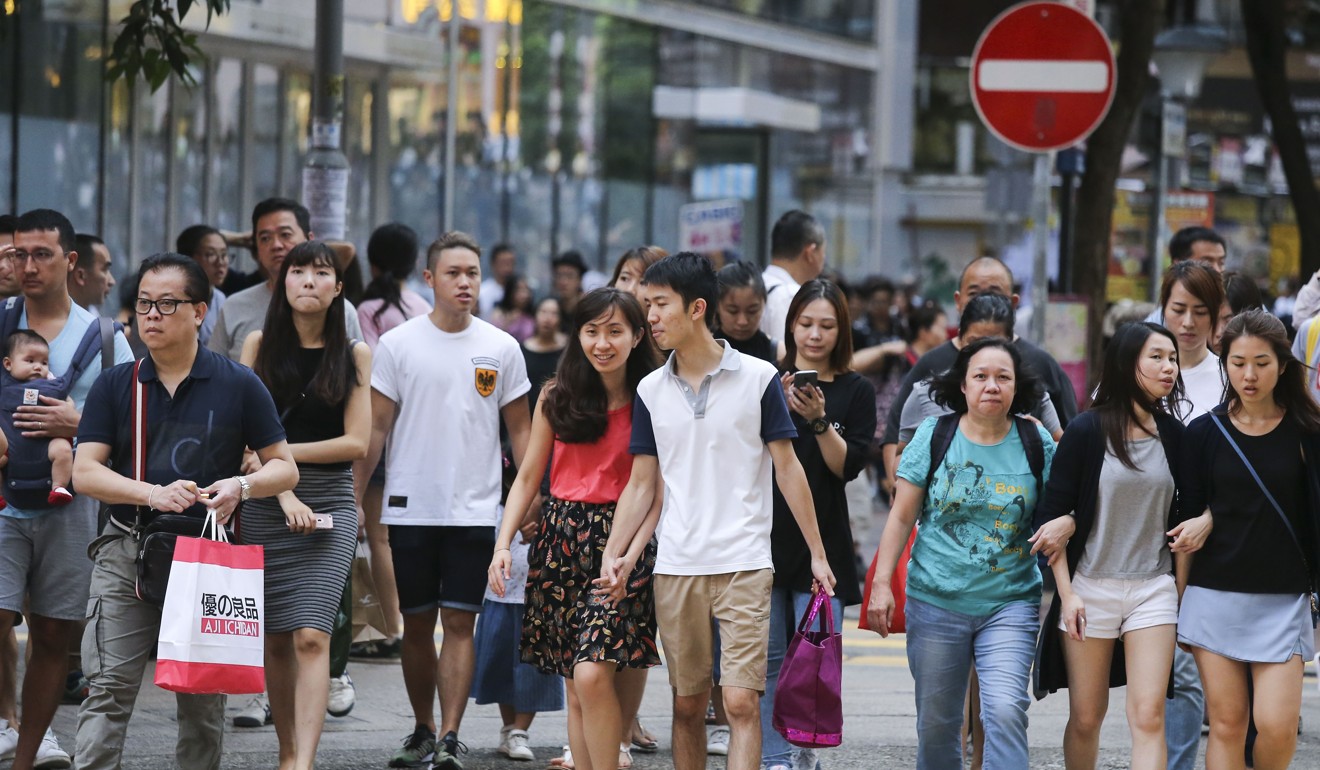
Six key Hong Kong budget takeaways you need to know: spend, spend, spend on the future
Awash in cash, the city plans to reduce both salaries and profits taxes as well as invest in technology, young people and the elderly
1. The treasury is awash in cash
Chan confirmed Hong Kong held a massive surplus of HK$138 billion (US$17.6 billion). He said he would spend HK$50 billion – nearly 40 per cent – on immediate relief measures for the public. The rest would be invested in improving public services and the future.
For the first time in five years, public expenditures account for slightly higher than 21 per cent of GDP. That represents an increase of about 1 per cent from the usual level. Chan said he would ensure what is spent would tackle the city’s “actual needs”.
Revenue for the 2017/18 financial year hit HK$612.4 billion – 20 per cent higher or HK$104.7 billion more than originally estimated. As for expenditures, Chan revised his projection down to HK$474.4 billion – 3.5 per cent lower or HK$17 billion less than the original estimate.
Fiscal reserves were expected to reach HK$1.092 trillion by March 31, the end of the financial year, while the housing reserve would reach HK$78.8 billion. The projections were more modest than what his predecessors said. Chan also predicted inflation in 2018 to be moderate, at 2.2 per cent, citing cost pressure brought about by sustained economic growth.
In addition, Chan warned that the era of “ultra-low” interest rates would not stay in place and had put pressure on the property market.
2. Doling out the sweeteners
Reducing salaries tax by 75 per cent, subject to a ceiling of HK$30,000; widening the tax bands for salaries tax from the current HK$45,000 to HK$50,000; increasing the number of tax bands from four to five; and increasing child and dependent parent allowances.
Reducing profits tax by 75 per cent, subject to a ceiling of HK$30,000.
Finance chief Paul Chan dishes out sweeteners worth billions to Hong Kong taxpayers
Waive rates for four quarters, subject to a ceiling of HK$2,500 per quarter for each rateable property.
Two months’ worth of extra allowance for the poor and elderly under the Comprehensive Social Security Allowance, old-age allowance and disability allowance.
3. Re-imagining the city’s future
Calling innovation and technology an economic driver, Chan said the sector would get HK$50 billion to promote its development. The sum includes HK$20 billion for a proposed technology park at Lok Ma Chau Loop. Another HK$10 billion would facilitate the use of medical technology and artificial intelligence.

Cultural facilities are to get a HK$20 billion infusion. Additional funds will be directed to supporting local arts groups and performers going overseas. Another HK$300 million is to be spent on promoting the city’s intangible cultural heritage, such as Cantonese opera. To promote reading about culture, HK$200 million will be spent on public libraries.
The government will also work with publishers and writers to promote reading among all residents. For the first time, free admission tickets to Ocean Park will be available for 10,000 primary and secondary school students.

To support creative industries, HK$1 billion will go into the new CreateSmart Initiative (CSI), which aims to nurture young people and help start-ups. E-sports also scored big, as Chan said he would invest HK$100 million to develop the e-sports industry. The goal is to turn Cyberport into a hotspot for the emerging sector, as well as enhance training for people in the industry.
As it happened: HK$138 billion yields bumper tax benefits for 1.88 million Hongkongers
4. Addressing an ageing population
Chan addressed Hong Kong’s shrinking labour pool, and for the first time in his tenure, suggested the “suitability” of importing foreign workers.

On public hospitals, a second 10-year development plan will be launched to deliver 3,000 to 4,000 additional beds. Four of the hospitals are to be developed. The Hospital Authority is to receive a subvention of over HK$60 billion in 2018/19 – the more-than-10 per cent increase is the biggest in five years.
The financial secretary set his sights on enhancing community health-care services, too. District health centres will steadily be set up in the city’s 18 districts; at present, the programme comprises only one facility in Kwai Tsing.

The elderly health-care voucher scheme is to be increased this year from HK$4,000 to HK$5,000 to allow participants greater flexibility. A programme to screen those at high risk of colorectal cancer is to be extended to cover individuals aged between 50 and 75.
For those who joining the Voluntary Health Insurance Scheme, Chan proposed a tax deduction with a ceiling of HK$8,000 per insured person.
5. An eye on the city’s youth
The Youth Development Commission, which will be formed in the first half of this year and chaired by Chief Secretary Matthew Cheung Kin-chung, received HK$1 billion to promote youth development. Chan hoped the group would address young people’s concerns about education, career prospects, home ownership, public policy, and political participation.

He further announced the launch of a three-year pilot programme for nurseries and kindergartens to tackle child abuse cases, specifically by granting affected families easier access to social services.
6. Developing the bond market and green finance
Chan set aside HK$500 million for the development of financial services over the next five years, providing support for developing the bond market, fintech, green finance, manpower training and other areas of the sector. It is to include a three-year pilot bond grant scheme to attract local, mainland and overseas enterprises to issue bonds in Hong Kong.
He also unveiled a “green bond issuance programme” with a borrowing ceiling of HK$100 billion to encourage more issuers to arrange financing for green projects through Hong Kong’s capital markets.

